
4 Ways to Express Emotions at Bedtime
Share
Big feelings tend to come out during transitions, such as coming home from school or getting ready for bed. Yet, these moments are the perfect opportunity to model how to express emotions, so that your child can learn how to manage their feelings and avoid problematic behaviors.
Here are our tips for modeling, identifying and expressing emotions as a part of every kid’s bedtime routine.
Why is expressing emotions important?
A large part of emotional intelligence involves learning how to identify and express emotions. Children who do so can benefit from managing their feelings, having greater empathy for their peers and boosting their ability to build relationships, among other advantages.
Of course, no child is born with emotional intelligence and it must be taught and cultivated in early years of life. Emotional intelligence involves high stakes, as kids who lack it are more likely to suffer negative relationships, develop behavioral problems, have low self-esteem, do poorly in school and more.
“Acting out” vs. constructively channeling emotions
For this reason, it’s vital to develop your child’s emotional intelligence from an early age. Kids tend to have big feelings and at first express themselves through their behavior instead of their words.
For example, it’s common for kids to “act out” when they’re feeling angry, sad, distressed or some other strong feeling. Your child may also use playtime to showcase their emotions, or use aggressive gestures such as hitting, scratching or biting.
As your child develops, you should try to channel these feelings into more constructive outlets. Identifying and expressing feelings are typically the first steps towards managing emotions and resolving emotional challenges.
In addition, suppressing these feelings or making your child feeling guilty about them could cause negative relationships with emotions and impact their ability to connect with others.
The role of bedtime to express emotions
Bedtime is a great opportunity to get into the ritual of cultivating emotional intelligence in your child. While you should model expressing emotions during all of your interactions, you can utilize transitions such as bedtime to check in with your child.
In particular, bedtime tends to bring out big feelings in kids, whether overstimulation, restlessness, rage, fear etc. Here are some tips on leveraging bedtime to teach emotional expression.
1. Understand that big emotions are normal.
Bedtime can be a frustrating process for kids and parents alike. At this point in the day, you likely just want to rest and it’s vexing when your kid acts out.
That said, remember that these big emotions at bedtime are completely normal. There’s a feeling behind every behavior and it’s important to understand why your child is acting out. Learning how to identify and express feelings is the best way to reduce these problematic behaviors.
During these moments, try to stay calm and remember that you’re modeling how to manage emotions in front of your child.
2. Set up a regular talking bedtime routine.
You may already have an established bedtime routine with your child. For example, it may involve a bedtime snack, a bath and/or a story. It’s essential to keep up this routine in order to manage your kid’s expectations.
In addition, create a safe space for talking about emotions. It’s common for kids to ask questions to stall bedtime, but you can take advantage of this chattiness to talk about their reactions during the day. You might chat about both positive and negative emotional responses.
For example, you might say “I was so proud when you got frustrated this afternoon and went outside to calm down.” Or if there’s something to improve, bring up an observation “I noticed you were upset when dinner was delayed.” If you need help getting the conversation started, you might also try our Chat Chains game.
3. Decide on a nightly wind-down activity.
What’s more, you don’t always have to talk about your kid’s own life. You can use your child’s favorite book, movie or game to help them identify emotions in others. Talking about a character’s emotions is a good strategy for your kid to understand their own.
To this end, you can select a wind-down activity before bed that works well for these types of discussions. For example, reading a storybook together or playing a make-believe game can be crucial towards cultivating empathy and expressing emotions.
You could even choose popular children’s books that directly discuss emotions such as “Grumpy Bird,” “The Way I Feel” and/or “The Color Monster.”
4. Model feeling words for your kids.
No matter how you tailor bedtime according to your kid’s needs and preferences, it’s important to be your kid’s model for expressing emotions.
Identifying and discussing feelings is easier when it’s modeled right in front of them. Try to talk about your own feelings with a wide vocabulary of emotions, so that your child can pick up on it.
Shop ThinkPsych Products
Cultivate emotional intelligence in your kids
As you build emotional intelligence in your child, you should focus on how to express emotions. Transition moments, such as bedtime, are ideal opportunities for modeling how to identify, express and discuss emotions. Take advantage of this time to check in with your child and talk about feelings – whether by simply talking about your day or through a favorite character.
References to express emotions:
- LinkedIn, Navigating Bedtime Big Feelings?, https://www.linkedin.com/pulse/navigating-bedtime-big-feelings-how-you-can-help-every-nan-arkwright
- Kids Help Line, Helping Kids Identify and Express Feelings, https://kidshelpline.com.au/parents/issues/helping-kids-identify-and-express-feelings
- Psych Central, How to Help Your Kid Understand and Express Big Emotions, https://psychcentral.com/health/how-to-help-your-kid-understand-and-express-big-emotions
- Sleep Foundation, Bedtime Routines for Children, https://www.sleepfoundation.org/children-and-sleep/bedtime-routine
- VeryWell Family, How to Help an Overly Emotional Child, https://www.verywellfamily.com/how-to-help-an-overly-emotional-child-4157594
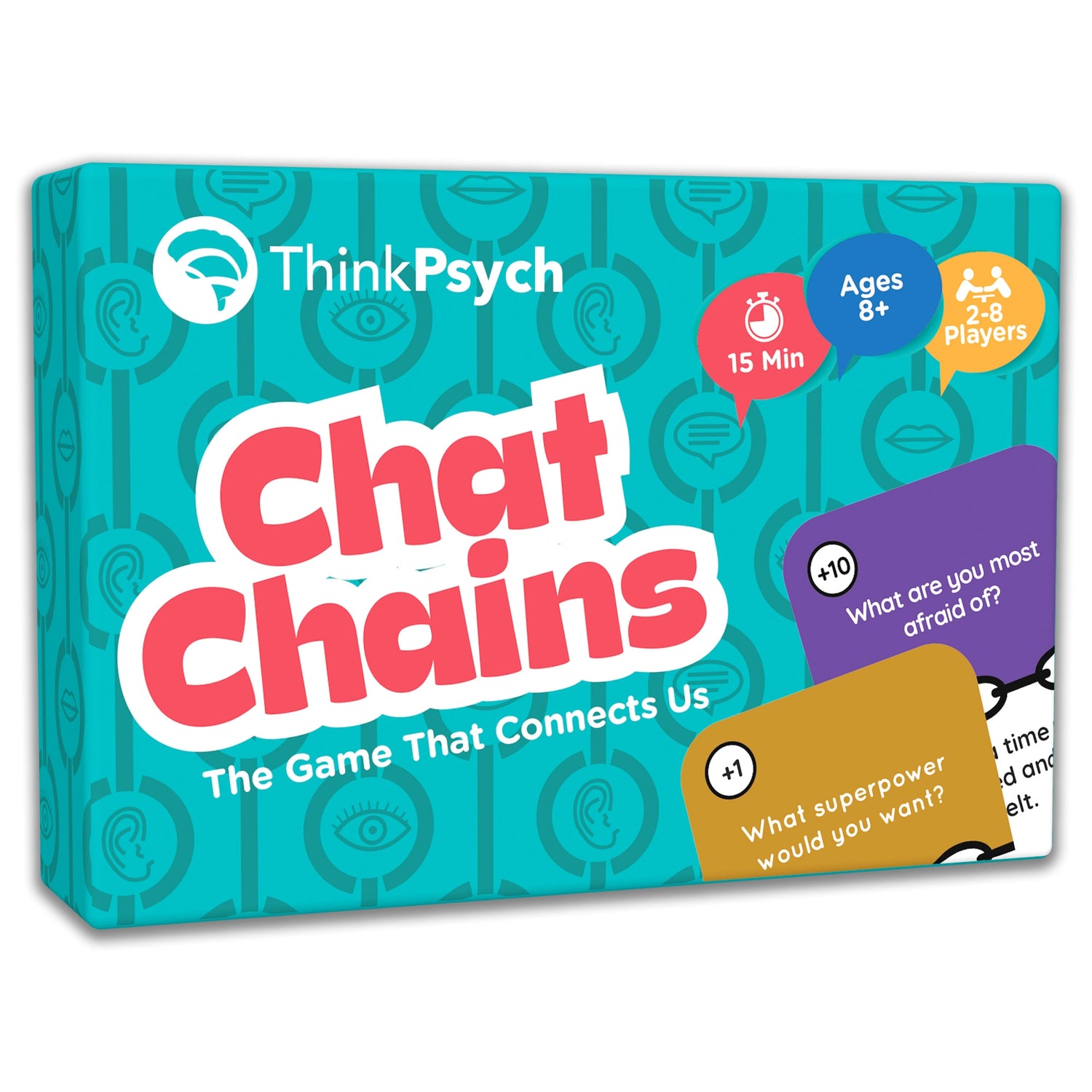

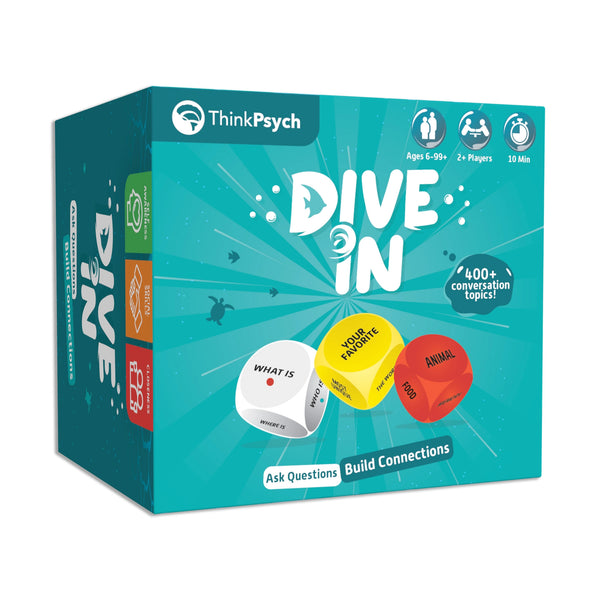
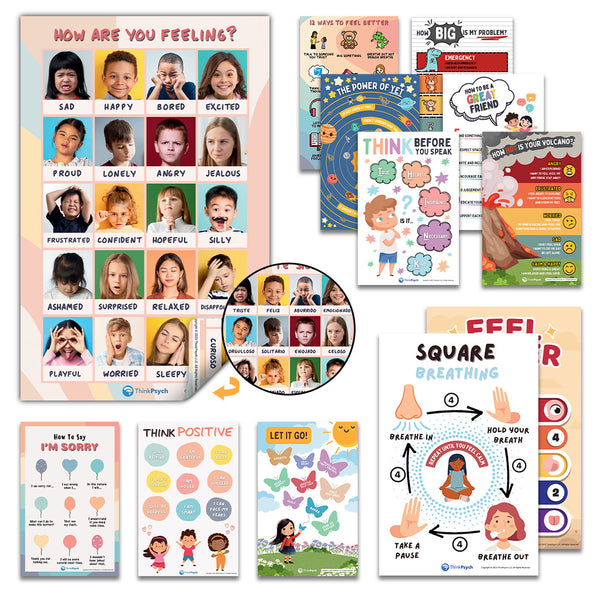
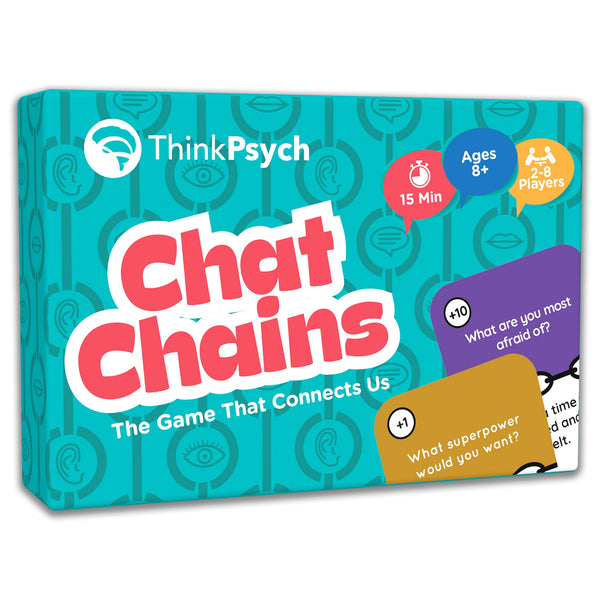
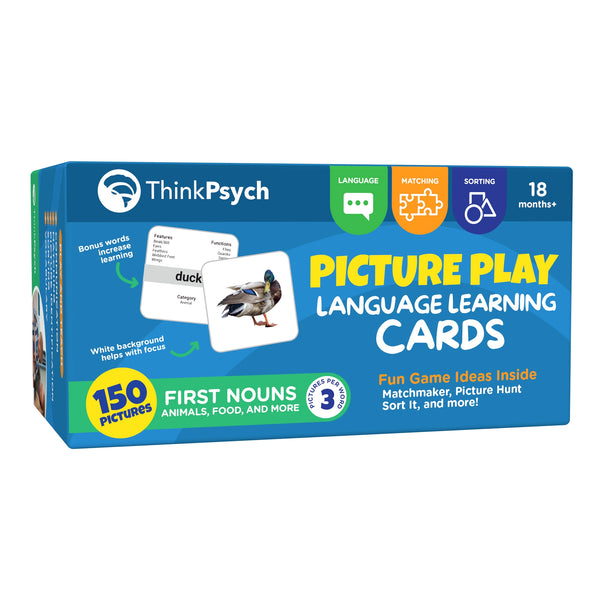


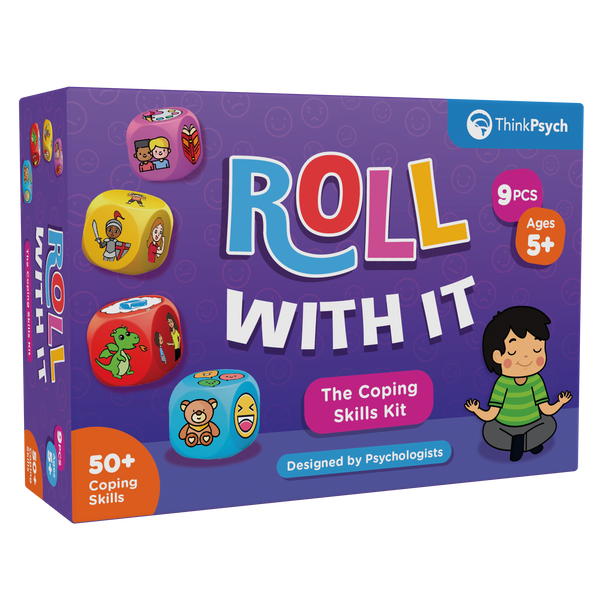

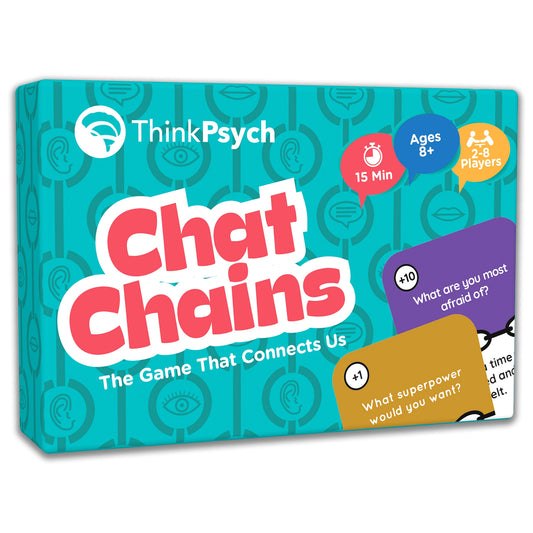
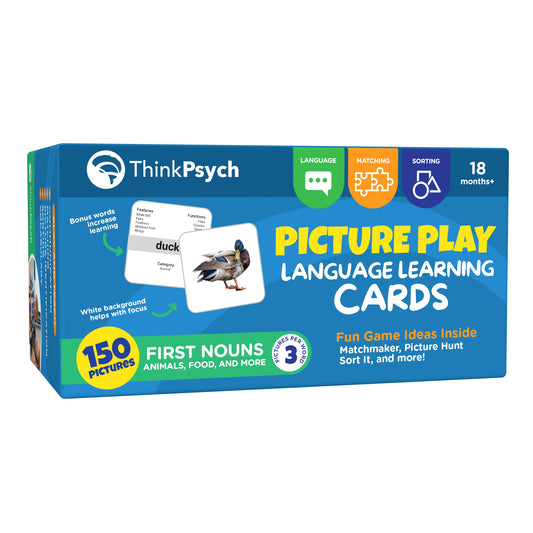
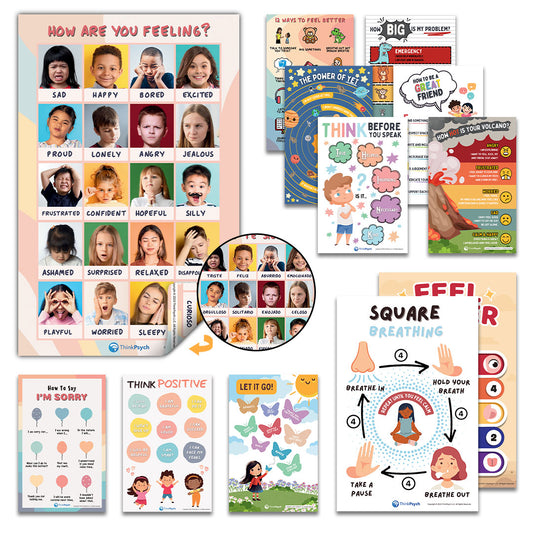
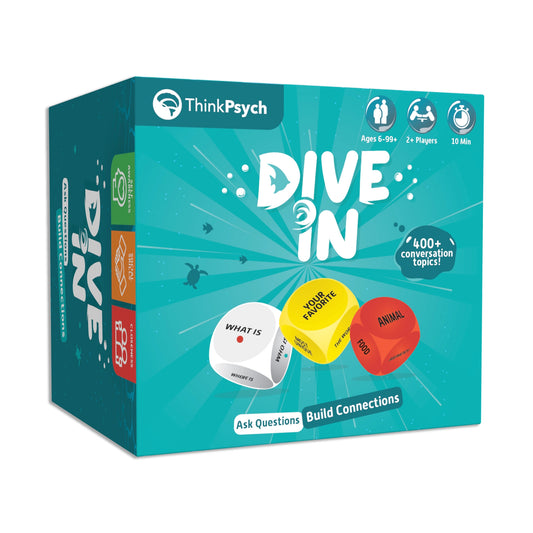
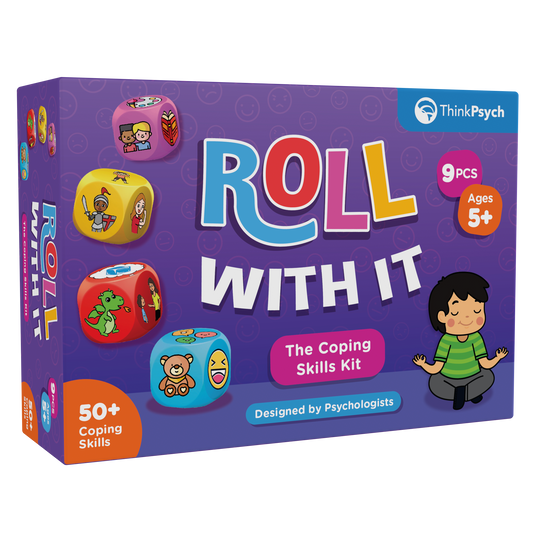


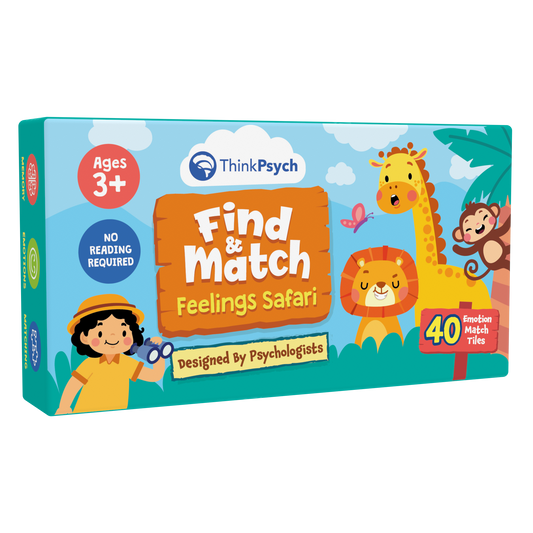
2 comments
It’s so important that we teach emotions to our young children at home.
This is a fantastic list of ways to express emotions at bedtime! It’s important to create a safe and supportive space for emotional expression, and bedtime can be a great time to do so. I especially like the idea of reading stories with emotional themes and practicing gratitude – these are great ways to encourage open and honest communication with loved ones. Thank you for sharing these tips – I’ll definitely be incorporating them into my bedtime routine!